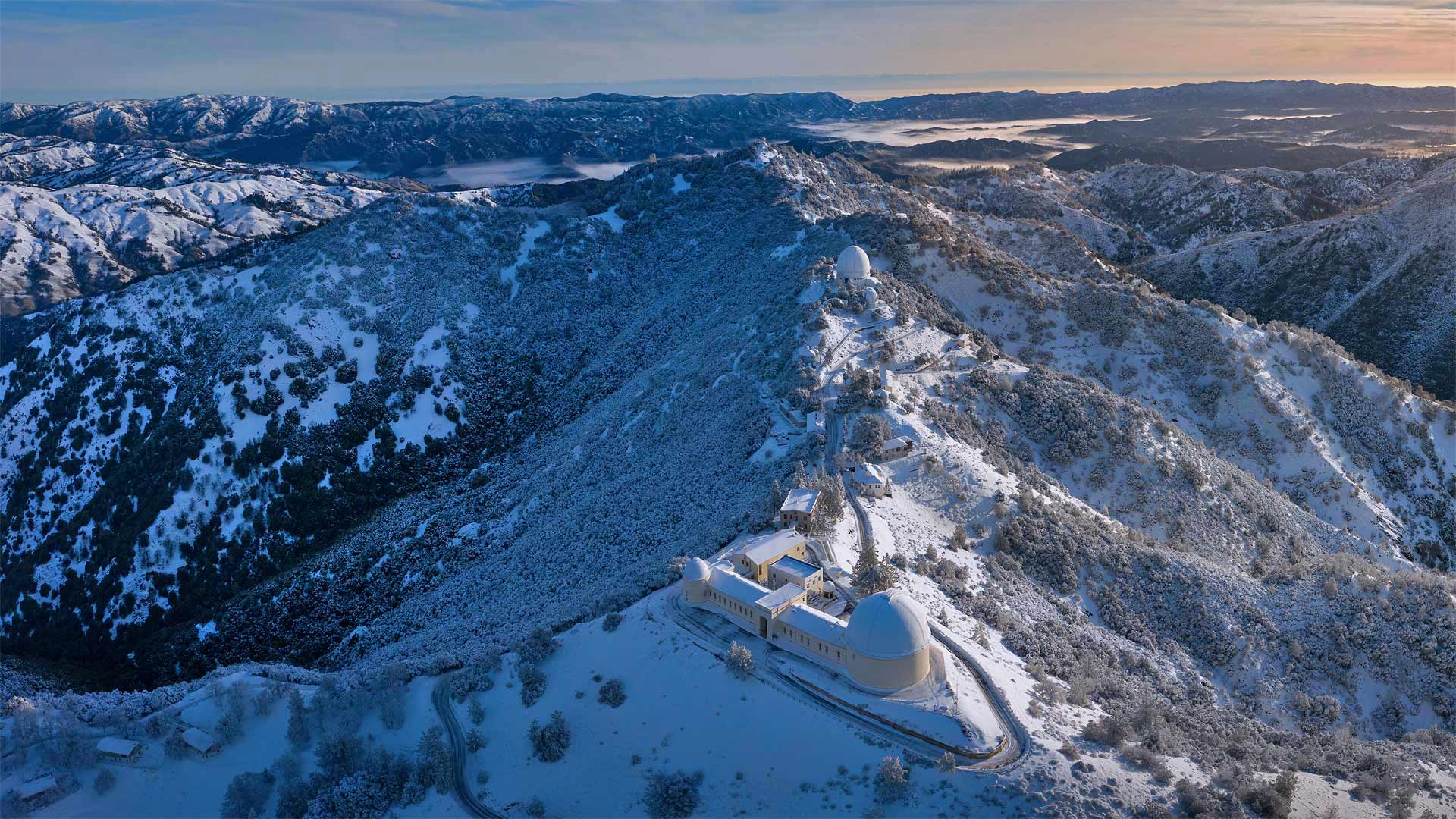When it comes to selecting the right fuel flexible pipe for your burner, there are a few important factors to consider. Whether you’re working with a high-temperature burner in an industrial setting or a gas grill at home, the quality and compatibility of your fuel flexible pipe are crucial for safety and efficiency.
First and foremost, it’s essential to choose a fuel flexible pipe that is compatible with the type of fuel you’ll be using. This may seem obvious, but it’s important to double-check that the pipe is suitable for the specific type of fuel you’ll be burning, whether it’s natural gas, propane, or another alternative fuel source. Using the wrong type of pipe can pose serious safety risks and lead to inefficient combustion.
In addition to ensuring compatibility with your fuel type, it’s important to consider the temperature and pressure requirements of your burner system. Different fuel flexible pipes are designed to withstand specific temperature ranges and pressure levels, so it’s crucial to choose a pipe that can handle the conditions of your burner system without degrading or failing over time.
Another important consideration when choosing a fuel flexible pipe is the material it’s made from. Stainless steel is a popular choice for fuel flexible pipes due to its durability, corrosion resistance, and ability to handle high temperatures. However, there are other materials available, such as PVC and rubber, which may be suitable for certain applications. It’s important to carefully assess the requirements of your burner system and select a pipe material that meets those needs.
It’s also worth considering the flexibility and bend radius of the fuel flexible pipe. Some burner systems may require a pipe that can be easily maneuvered around obstacles or tight spaces, so choosing a pipe with the right level of flexibility is important. Additionally, ensuring that the pipe has a sufficient bend radius will help prevent kinks and damage that can impede the flow of fuel.
Finally, it’s important to consider the length and diameter of the fuel flexible pipe. Choosing the correct length is essential to ensure that the pipe can reach your burner system without being stretched or forced into place. Similarly, selecting the right diameter is crucial for maintaining the proper fuel flow and preventing back-pressure issues.
In conclusion, choosing the right fuel flexible pipe for your burner is essential for safety, efficiency, and overall system performance. By carefully considering factors such as fuel compatibility, temperature and pressure requirements, material, flexibility, bend radius, length, and diameter, you can select a pipe that meets the specific needs of your burner system and provides reliable, trouble-free operation.
medical Trending


